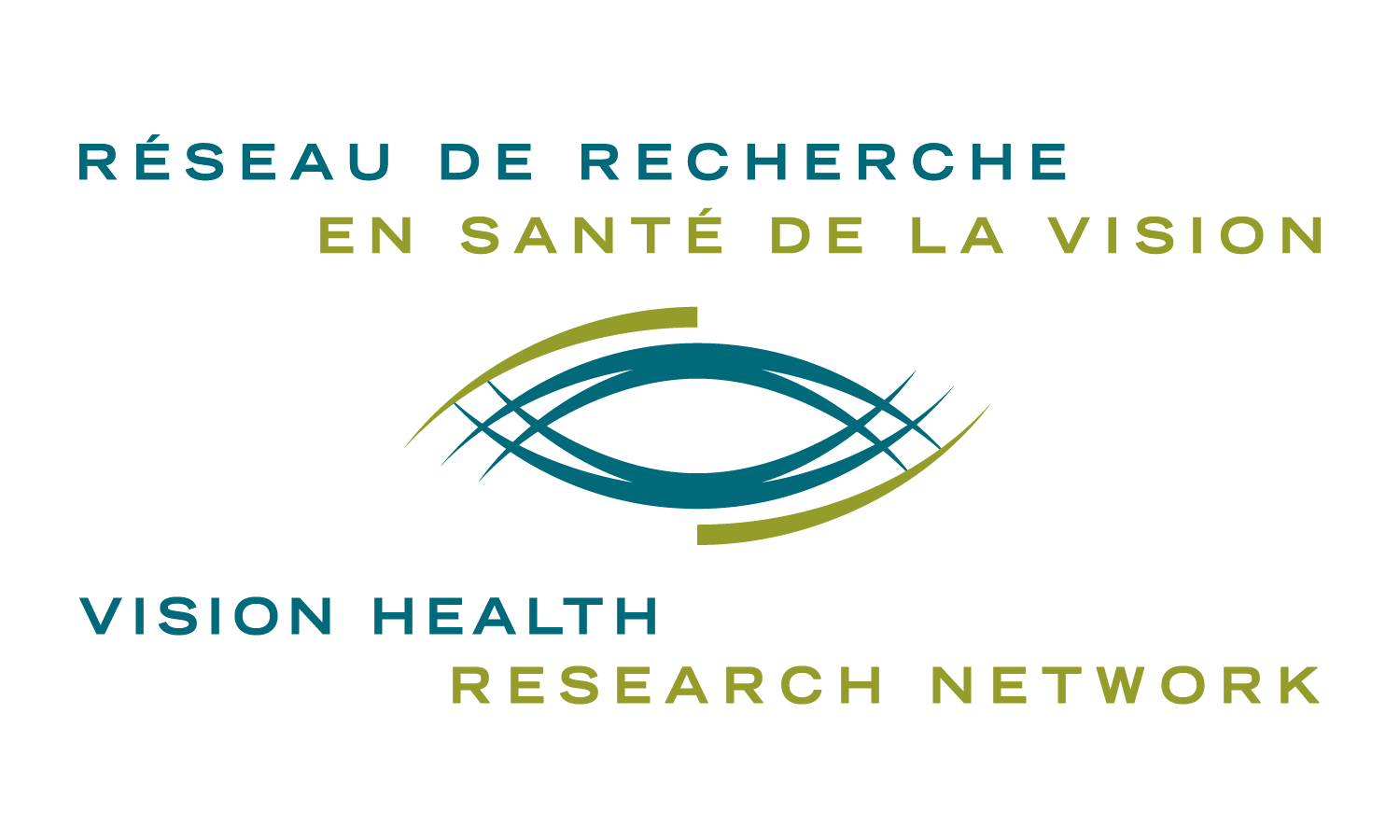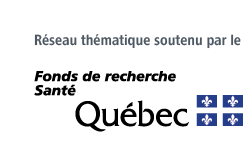Brain and Perception axis
The biggest part of the images transmitted to our brain is captured by a small region in the center of our retina, called the fovea. The information collected by this region is dispatched to the visual cortex where it is analyzed. This process allows the detailed analysis of the image shape, color and motion. A second visual pathway, going from the retina to the midbrain, is responsible for peripheral vision, i.e. the detection of objects that suddenly appear in the visual field.
Knowing the basic mechanisms by which our brain analyzes, reconstructs and interprets the images of the visual world around us is fundamentally important to the understanding of the nature and the cause of visual deficits, of which we can cite visual deficits induced by ischemia (e.g. stroke), abnormal visual development (amblyopia), neurodegenerative disorders (e.g. Parkinson’s disease), iatrogenic causes (e.g. epilepsy) and aging. Knowledge of these mechanisms is also essential to the development of better therapeutic strategies.
The following pages illustrate the main research topics, recent discoveries and the list of the members of this axis.
Director: Jean-François Bouchard, PhD
Assistant Director: Stuart Trenholm, PhD
Next Axis Meeting


